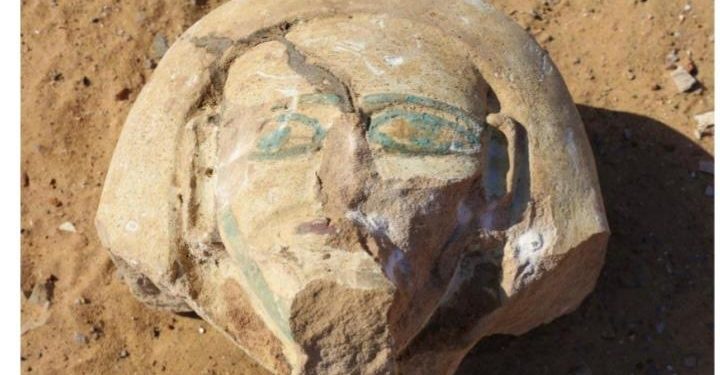A joint Egyptian-Italian archaeological mission working in the vicinity of the Aga Khan tomb in West Aswan, succeeded in discovering a new archaeological tomb carved in rock dating back to the Greco-Roman era, through the mission’s work during the last excavation season.
Mostafa Waziri, Secretary-General of the Supreme Council of Antiquities explained that the tomb consists of two parts, the first part is above the ground and the second carved in the rock.
On his part, Abdel Moneim Saeed, Director General of Aswan Antiquities and head of the Egyptian mission said that the first part is a rectangular sandstone and mud brick building, and the entrance to the tomb surrounded by stone blocks covered with a mudbrick vault.
As for the second part, it is carved out of rock, and the entrance leads to a rectangular courtyard in which 4 burial chambers were carved, with nearly 20 mummies, most of them in a good state.
Preliminary studies have indicated that this mass grave contains more than one family.
Patricia Biasentini, Professor of Egyptology at the University of Milan and head of the Italian mission indicated that the mission found many archaeological artifacts inside the tomb, which date back to the Greco-Roman era, including offering tables, stone panels with texts in hieroglyphic script, and a copper necklace decorated with Greek writings and the name (Nicostratus), a number of wooden statues for the Baa-bird and parts of the colored cartonnage.
During the archaeological survey in the area, a number of coffins were discovered in good condition, some of them were made of pottery and sandstone


